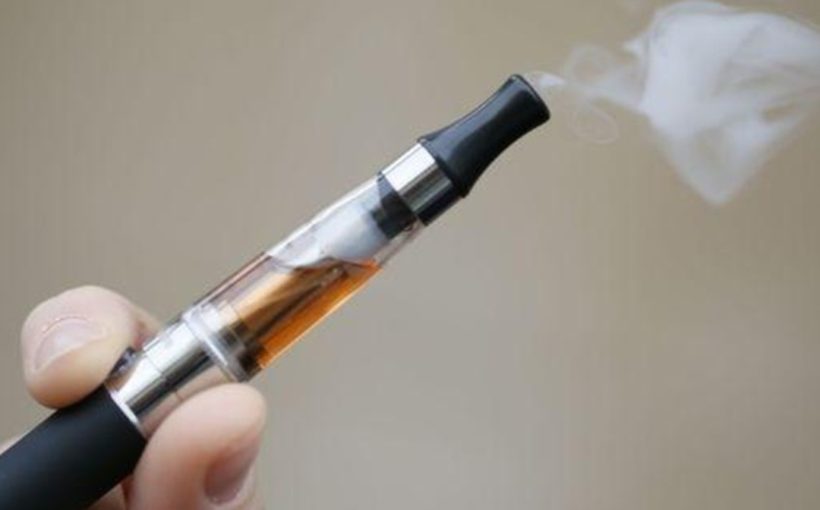A USC study has found that teens who vape candy- or fruit-flavored e-cigarettes are more likely to stick with the habit and vape more heavily, implicating flavors in the teen vaping epidemic. The study could bolster calls for federal restrictions on flavored e-cigs. The products continue to be sold widely more than a month after the Trump administration announced a plan to clear the market of e-cigarettes in flavors other than tobacco. JUUL, the market leader, voluntarily pulled its some of its flavored products.
“While many children try e-cigarettes, not all become regular users. Teens who use e-cigarettes may be more inclined to continue vaping rather than just temporarily experiment with e-cigs,” said Adam Leventhal, director of the USC Institute for Addiction Science and professor at the Keck School of Medicine of USC. “Whether or not children continue vaping is important — the longer and more frequently you vape, the more you’re exposing yourself to toxins in e-cigarette aerosol and put yourself at risk for nicotine addiction.”
Leventhal’s team followed 478 Los Angeles-area adolescents who vaped and surveyed them every six months, from 10th grade in the spring of 2015 through 12th grade in 2017. The researchers found that about nine of out of 10 teens in the study vaped fruit, candy, and other non-traditional flavors. Of youth using these non-traditional flavors, 64.3% were still vaping six months later as compared to 42.9% who used only traditional flavors like tobacco or menthol.
The youth in this study using e-cigarettes in these fruity, sweet or buttery flavors also went on to heavier patterns of use six months later, reporting taking more puffs each time they vaped. The number of days or times teens vaped did not consistently differ based on the flavor they used.
“Regulations that reduce youth exposure to flavored e-cigarettes may aid in preventing young people who try e-cigarettes from becoming long-term e-cig users, and also from inhaling more of aerosol into their lungs,” Leventhal said. “Regulations like these could also encourage the millions of U.S. adolescents who already use e-cigarettes to quit vaping, especially if they can no longer access e-cigs in the flavors they like.”
UNIVERSITY OF SOUTHERN CALIFORNIA


